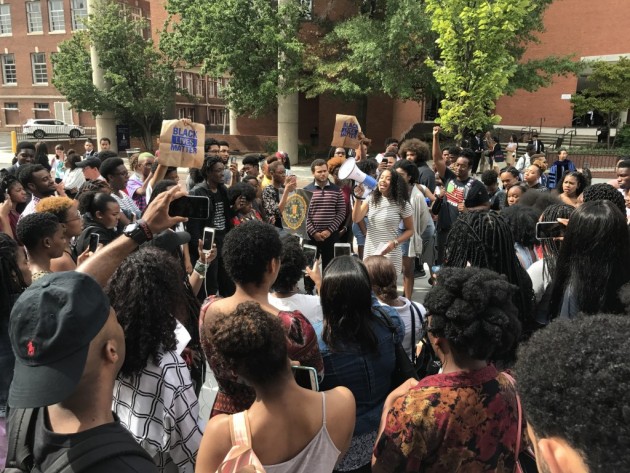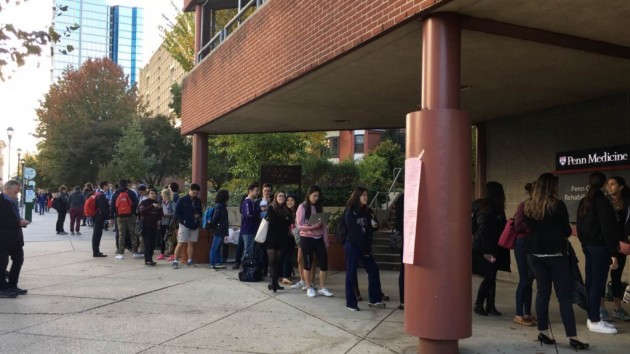A Look At the Negative and Postivie Examples Athletes Set for Youth
The billion dollar contracts, the 10 bedroom mansions, the five cars parked in a player’s driveway, the endorsement deals and contracts are all apart of the benefits in being a professional athlete. Players are drafted from different colleges and universities across the country, with some players approaching from overseas, and with some even lucky enough to make it straight out of high school.
"Going pro" is a big deal to a lot of our nation’s youngsters as is basically just being a superstar. Sad to say, fighting, non-sportsmanship, disrespectfulness, and just plain ignorance exist all over this nation’s playing fields while these professional players are viewed as role models.
No matter the sport, pro-athletes everywhere tend to find trouble on and off the field or court. In 2001, pro-defensive player Ray Lewis
Howard University finance major Mark Cooper argues in saying that "Professional players are some of the worst role models. They look good on the court or field by winning for the home team and doing as they please, but they then turn around and look bad off of the court or field by thinking they can do what they want as well."
One of America’s most influential professional athletes, Kobe Bryant, even found himself dealing with rape allegations. He denied the allegations but whether or not the allegations were true, his image was still dampened.
History has shown that professional athletes who do wrong by the law generally fail to attain the proper punishment. NBA’s Latrell Sprewell assaulted his coach and was terminated by his team.
However, it was decided by the union that Sprewell’s firing violated his contract. Sprewell now plays for a better team in a bigger city and makes more money. NY Yankee’s relief pitcher Steve Howe was a drug addict who relapsed 7 times, but he remained on the Yankee’s pay roll.
Saint Louis Rama’s linebacker Leonard Little pleaded guilty to involuntary manslaughter for driving under the influence resulting in the death of a mother. Little only spent 90 days in jail, was allowed to serve some of his time on work release, and ended up playing in that upcoming Superbowl.
Despite the negative images portrayed by athletes, youth are taught
that playing sports builds character. Anthropologist Andrew Miracle,
PH. D and Adelphi University sociologist C. Roger, PH. D searched for evidence to prove this assumption. They concluded in saying that "Generally involvement in any extracurricular activity is a good thing, but sports are no better than band or chorus. The danger is that the "win at any cost" attitude becomes so significant that the potential positive benefits are overwhelmed."
Not all professional athletes act out negatively.
"The trend in the professional world is giving back," believes sports psychology major Lena White. She continues in saying that "by players giving back to the community, they’re telling the youth that they too can do something positive and useful besides playing sports."
Baltimore Ravens’ players and their wives teamed up with 20 youth service corps members from Civic Works to paint, frame, and rebuild vacant houses in the Sandtown neighborhood of Baltimore City. Former Los Angeles Laker’s basketball star, Irving "Magic" Johnson has given plenty back to the youth and their community by placing his Magic Johnson theaters in black neighborhoods. His most known effort of giving back is his strong fight for HIV/AIDS awareness with him being HIV infected himself.
Bob Benham of the Youth Sports Institute of Michigan State University feels that role models need to exist elsewhere for our youth instead of solely depending on pro-athletes. He feels that "given the number of poor examples of sportsmanship on display in the media today, the responsibility for finding models of desirable behaviors and attitudes rests heavily on the shoulders of those involved in the youth environment. Coaches, parents, athletes, teachers, etc must be determined in their promotion of the youth environment."


